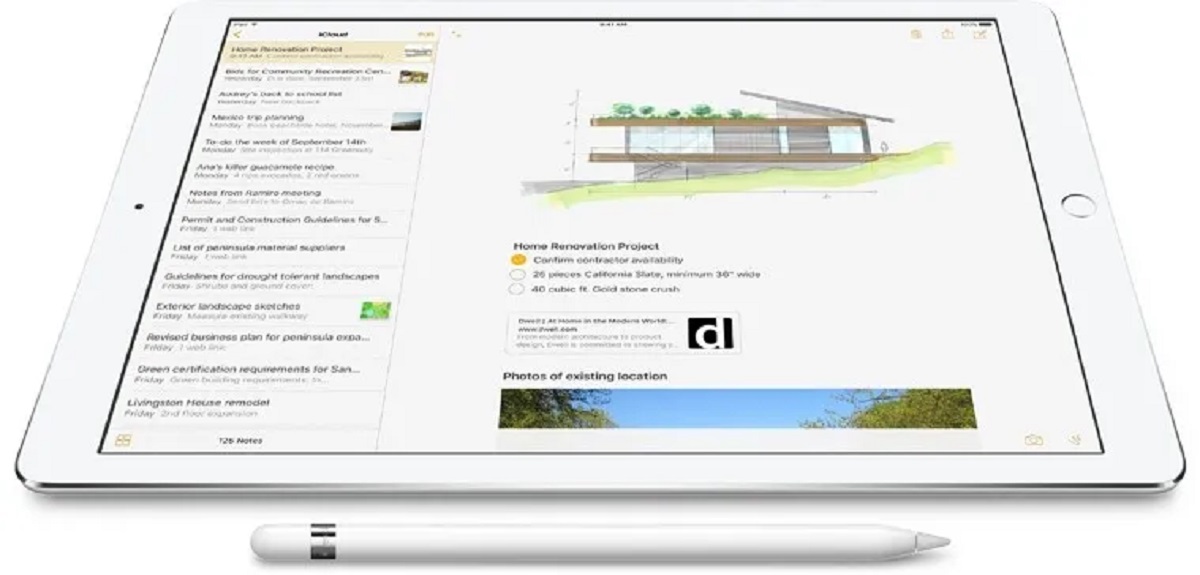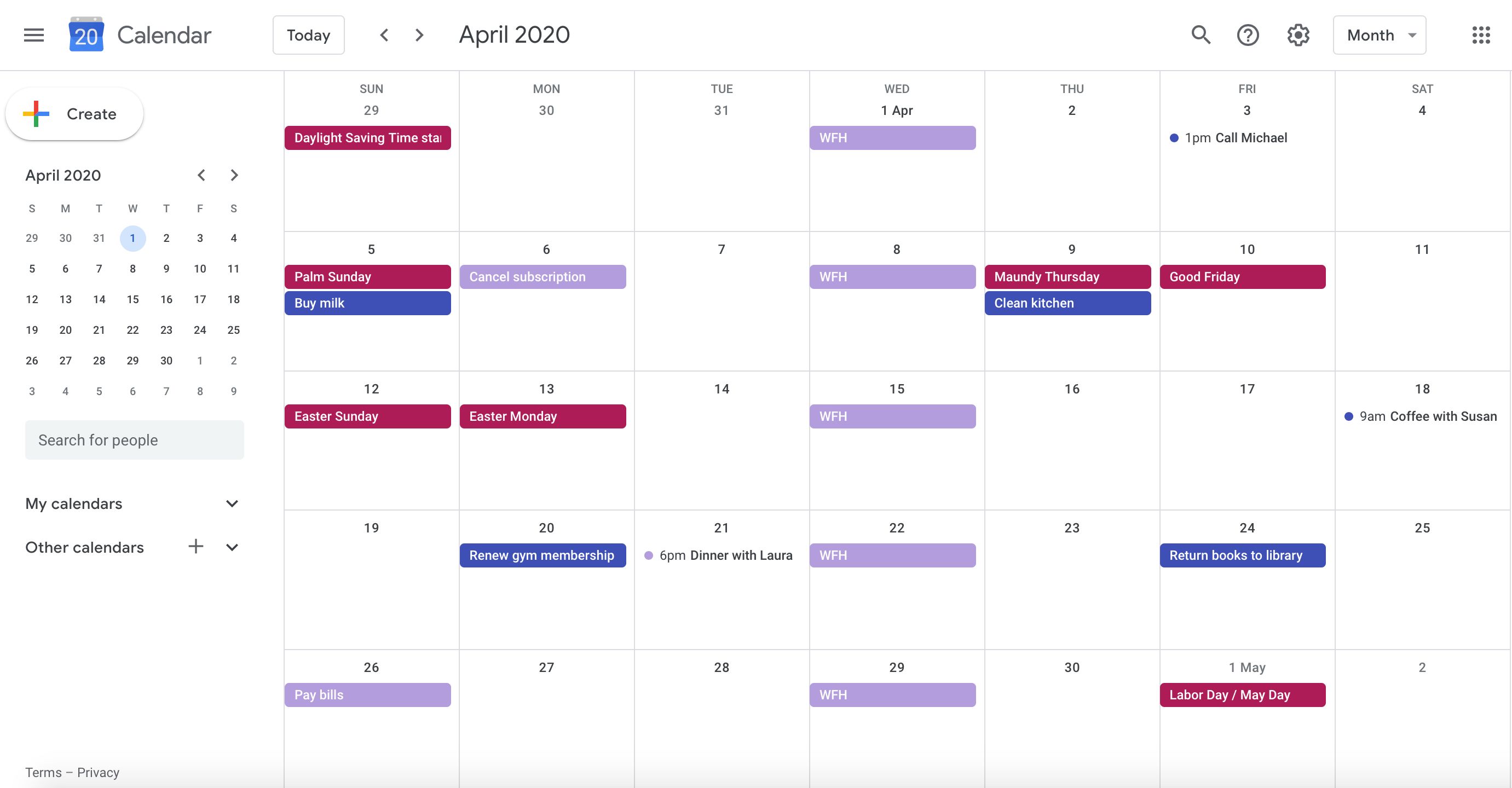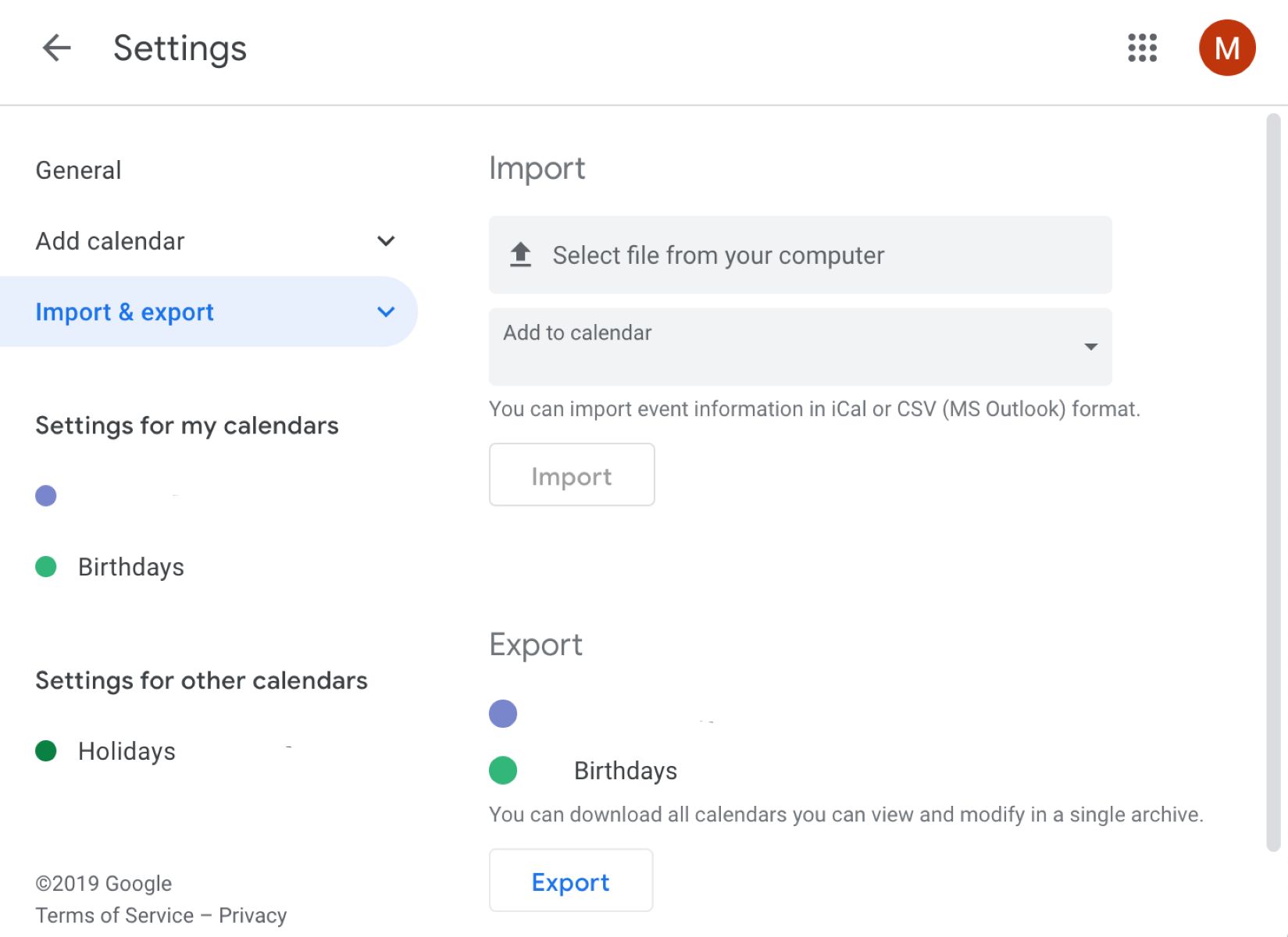Introduction
When it’s time to bid farewell to your coworkers, whether you’re leaving for a new job, retiring, or simply moving on to another chapter in your life, sending a goodbye email is a thoughtful and professional way to say your final farewells. While it may seem like a small gesture, the words you choose can have a lasting impact on your colleagues and the impression they have of you.
Writing a goodbye email to coworkers is not just a formality; it’s an opportunity to leave a positive and memorable impression. It allows you to express your gratitude, reflect on your time together, and maintain relationships even after you’ve left. Whether you’ve worked together for years or just a few months, showing your appreciation and leaving on a positive note can help you maintain valuable connections for the future.
But finding the right words to convey your feelings and say goodbye can be a challenge. You want to strike the right tone, express your appreciation, and leave a positive impression. In this article, we will explore some tips and ideas on how to craft a heartfelt and professional goodbye email to coworkers that will leave a lasting impact.
Why it’s Important to Say Goodbye
Saying goodbye to your coworkers might seem like a formality, but it is an essential step in maintaining professional relationships and leaving a positive impression. Here’s why it’s important to take the time and effort to say goodbye:
1. Respect and Appreciation: Saying goodbye demonstrates your respect and appreciation for your coworkers and the time you’ve spent working together. It shows that you value the relationships you’ve built and the contributions they have made to your professional journey.
2. Closure and Reflection: Saying goodbye provides closure for both you and your coworkers. It allows you to reflect on the experiences and memories you’ve shared while acknowledging the end of a chapter. This closure is essential for moving forward and embracing new opportunities.
3. Networking and Future Opportunities: Leaving on good terms by saying goodbye opens doors for future networking and collaboration opportunities. You never know when you might cross paths with your former coworkers again, and by maintaining these positive connections, you increase your chances of future collaborations or job referrals.
4. Company Culture and Reputation: Saying goodbye in a professional and appreciative manner reflects positively on your character and your previous employer. It portrays you as a respectful and considerate individual who values relationships and contributes to a positive company culture. This can have a significant impact on your reputation in the professional world.
5. Emotional Closure: Saying goodbye allows you to process the emotions associated with leaving. It gives you the opportunity to express your gratitude, bid farewell, and move on with clarity and focus towards your future endeavors.
In summary, saying goodbye is not just a mere formality, but an important step in maintaining professional relationships and leaving a positive impression. It demonstrates respect, appreciation, and provides closure for both you and your coworkers. Additionally, it opens doors for future networking opportunities and reflects positively on your character and reputation. So, take the time to say goodbye and leave the stage with grace and gratitude.
Choosing the Right Tone
When crafting a goodbye email to coworkers, it’s crucial to choose the right tone that reflects your personality and the nature of your relationship with your colleagues. Here are some key considerations when selecting the tone for your farewell email:
1. Professionalism: While it’s important to show your authentic self, it’s essential to maintain a level of professionalism. Remember that your email will likely be read by colleagues, supervisors, and even potential future employers. Keep the tone respectful and formal, avoiding any overly casual language or jokes that may be misinterpreted.
2. Positivity: Infuse your email with positivity and gratitude. Focus on the positive experiences you’ve had with your coworkers and the valuable contributions they’ve made to your professional journey. Use words that convey a sense of appreciation, such as “thank you,” “appreciate,” and “grateful.”
3. Personalization: Tailor your tone to match the relationships you’ve built with your coworkers. If you have a more casual rapport with some colleagues, you can adopt a slightly more informal tone. However, be cautious not to be too casual, as it might undermine your professionalism.
4. Warmth: Let your warmth and genuine emotions shine through your words. Express how much you’ll miss your coworkers and the memories you’ve created together. Use heartfelt language and anecdotes to convey the depth of your feelings.
5. Balance: Strive for a balance between professionalism and authenticity. While it’s essential to maintain a professional tone, it’s equally important to show your true personality and genuine emotions. Strike a balance between warmth and formality, ensuring that your message resonates with your coworkers and leaves a lasting impression.
By carefully choosing the right tone for your goodbye email, you can effectively convey your appreciation, sincerity, and warmth. Remember to maintain professionalism while infusing your message with positivity and personalization. With the right tone, your farewell email will touch the hearts of your coworkers and leave them with a lasting positive impression of you.
Expressing Appreciation and Gratitude
One of the key elements of a heartfelt goodbye email to coworkers is expressing your genuine appreciation and gratitude for their contributions and support. Here are some tips on how to effectively express your appreciation and gratitude:
1. Personalize Your Messages: Take the time to personalize your goodbye email by mentioning specific individuals and their impact on your professional journey. Highlight their strengths and the positive influence they’ve had on you. This personal touch makes your appreciation feel genuine and heartfelt.
2. Be Specific: Be specific when expressing your gratitude. Instead of just saying “thank you,” mention specific instances or projects where your coworkers’ support or guidance made a significant difference. This not only shows your attention to detail but also lets them know that you value their contributions.
3. Acknowledge Team Efforts: Recognize the collaborative efforts and teamwork you’ve experienced with your coworkers. Express your gratitude for their teamwork, highlighting how their collective efforts led to successful outcomes. This demonstrates your appreciation for their collaborative spirit and the positive work environment they cultivated.
4. Highlight Growth Opportunities: Show appreciation for the learning and growth opportunities you’ve had with your coworkers. Share how their mentorship, guidance, or advice has influenced your professional development. Express how grateful you are for their willingness to share their knowledge and expertise.
5. Use Warm and Genuine Language: Choose your words carefully, using warm and genuine language to express your appreciation. Avoid cliches and generic phrases. Instead, be sincere and specific in your words, allowing your gratitude to shine through.
6. Offer to Keep in Touch: Express your desire to stay connected with your coworkers even after you’ve left. Offer your contact information, such as your personal email or LinkedIn profile, and encourage them to reach out. This shows that you value their friendship and professional network.
Remember, expressing appreciation and gratitude in your goodbye email is not only a gesture of kindness, but it also leaves a positive and lasting impression on your coworkers. Take the time to be specific, personalize your messages, and use warm and genuine language. By doing so, you’ll create a sense of warmth and gratitude that will resonate with your colleagues and strengthen your professional relationships.
Sharing Contact Information
As you bid farewell to your coworkers, it’s crucial to provide them with a way to stay in touch beyond your last day at the company. Sharing your contact information ensures that your professional connections can continue to thrive. Here are some tips for sharing your contact information:
1. Personal Email: Include your personal email address in your goodbye email. This allows your coworkers to reach out to you directly, even if you no longer have access to your work email. Make sure to mention that it is your personal email and provide any specific instructions, such as adding your name in the subject line, to ensure that your messages do not get lost in their inbox.
2. LinkedIn Profile: Share a link to your LinkedIn profile, as it serves as a professional networking platform. This allows your colleagues to connect with you, see your professional updates, and stay informed about your career progression. Make sure your LinkedIn profile is up-to-date and includes a professional headshot and relevant work experience.
3. Other Social Media: Depending on your preference, you can also provide links to other social media platforms, such as Twitter or Instagram, where you maintain a professional presence. Be mindful of sharing only your professional accounts, or create separate accounts specifically for professional networking.
4. Phone Number: If you’re comfortable sharing your phone number, include it in your email. This allows your coworkers to reach out to you for quick updates or informal discussions. However, consider sharing your phone number only with those you have a closer personal relationship with.
5. Group Email List or Distribution Lists: If your company has group email lists or distribution lists specific to your department or project, request your coworkers to add your personal email address to those lists. This way, you can stay informed about team updates, projects, or social events, even after you’ve left the company.
6. Calendar Sharing: If you use a calendar-sharing platform, such as Google Calendar or Microsoft Outlook, consider sharing your new calendar with your coworkers. This way, they can stay up-to-date on your availability and schedule virtual catch-ups or meetings if needed.
Remember to mention in your email that you would love to stay connected and encourage your colleagues to reach out. Express your interest in future collaborations or simply maintaining the friendship you’ve built. By sharing your contact information, you reinforce your commitment to staying connected and foster the continuation of professional relationships beyond your time at the company.
Recap of Achievements and Fond Memories
As you prepare to say goodbye to your coworkers, it’s a good idea to take a moment to reflect on the achievements and fond memories you’ve shared together. Sharing a recap of your accomplishments and reminiscing about memorable moments can create a sense of nostalgia and leave a lasting positive impression. Here are some tips on how to effectively recap your achievements and memories:
1. Highlight Major Accomplishments: Mention the significant milestones and achievements you’ve accomplished during your time at the company. This could include successful projects, awards, promotions, or any other professional accomplishments. Be brief but specific, reminding your coworkers of your contributions and the positive impact you made.
2. Share Memorable Moments: Recall and share some memorable moments or experiences that you’ve shared with your coworkers. This could be a team-building activity, an inside joke, or a particularly challenging project that you’ve successfully completed together. This helps create a sense of camaraderie and nostalgia.
3. Express Appreciation and Gratitude: Take the opportunity to express your appreciation and gratitude for the support and camaraderie you received from your coworkers. Thank them for their contributions, collaboration, and friendship. Let them know how much you value the memories you’ve created together.
4. Use Anecdotes and Stories: Illustrate your achievements and memories with anecdotes or stories that bring them to life. This adds a personal touch and engages your coworkers, allowing them to relive those moments with you. Be mindful of confidentiality and avoid sharing any sensitive information or stories that may compromise anyone’s privacy.
5. Include Team Acknowledgments: Recognize and acknowledge the contributions of your teammates and colleagues. Highlight their individual talents and the positive impact they’ve had on your professional journey. By doing so, you not only express your appreciation but also strengthen the bonds within the team.
6. Foster a Positive Tone: Maintain a positive and uplifting tone throughout your recap. Emphasize the positive aspects of your journey together, focusing on the achievements, growth, and memorable moments. This helps leave a lasting positive impression and creates a sense of optimism for the future.
By sharing a recap of your achievements and fond memories, you create an opportunity to celebrate your successes and reminisce about the positive experiences you’ve had with your coworkers. This not only leaves a positive impression but also reinforces the value of the relationships you’ve built during your time at the company.
Offering Assistance and Staying Connected
As you prepare to say goodbye to your coworkers, it’s important to offer your assistance and express your desire to stay connected. By extending a helping hand and maintaining relationships, you leave the door open for future collaborations and networking opportunities. Here’s how to effectively offer assistance and stay connected:
1. Offer Your Support: Let your coworkers know that you are willing to assist them even after you’ve left the company. Whether it’s offering advice, sharing resources, or providing guidance on specific projects, express your willingness to be a resource for them. This shows your commitment to their success and maintains a sense of camaraderie.
2. Share Relevant Industry Insights: If you come across any industry news, trends, or resources that you think might benefit your coworkers, be sure to share them. This demonstrates your ongoing interest in their professional growth and shows that you still value their success.
3. Suggest Networking Opportunities: If you learn about networking events, conferences, or industry gatherings that might be beneficial for your coworkers, share that information with them. Encourage them to attend and offer to connect them with any relevant contacts you may have. This helps foster a collaborative and supportive network.
4. Maintain Connections on Professional Platforms: Stay connected on professional platforms such as LinkedIn. Send personalized connection requests to your coworkers and write a brief message expressing your desire to stay in touch. Actively engage with their content, offer support, and showcase your ongoing interest in their professional journeys.
5. Organize Reunion Get-Togethers: Plan and organize occasional get-togethers with your former coworkers. This could be a lunch, dinner, or even a virtual gathering. Reunions provide an opportunity to catch up, celebrate each other’s achievements, and maintain strong professional relationships.
6. Volunteer for Collaborative Projects: If you find yourself in a position to collaborate with your former colleagues on future projects or initiatives, offer your assistance. This not only allows you to continue working together but also reinforces the trust and respect you’ve built during your time at the company.
By offering your assistance and expressing your desire to stay connected, you demonstrate your commitment to maintaining relationships beyond the workplace. Your genuine support and willingness to collaborate open doors for future opportunities and foster a strong professional network.
Signing Off with Warm Wishes
As you conclude your goodbye email to coworkers, it’s essential to leave a lasting impression by signing off with warm wishes. This final section allows you to express your sincere sentiments and extend your heartfelt wishes for their future success. Here are some tips for signing off with warm wishes:
1. Express Goodbye: Use this opportunity to bid a heartfelt farewell to your coworkers. Thank them once again for their support, guidance, and camaraderie. Let them know how much you have appreciated working with them, and express your fondness for the memories you’ve created together.
2. Share Well-Wishes: Extend your well-wishes for their future endeavors and success. Let them know that you genuinely hope they continue to thrive both personally and professionally. Use positive and encouraging language to convey your support and belief in their abilities.
3. Highlight Personal Connections: If you have developed close personal connections with certain colleagues, take a moment to acknowledge and mention them individually. Share a personal message of friendship and gratitude, expressing your hopes to maintain a strong bond outside of the workplace.
4. Inspire Optimism: Leave your coworkers with a sense of optimism and positivity. Offer a message of encouragement, reminding them of their capabilities and the potential they hold. Share a motivational quote or anecdote that can inspire them as they continue on their professional journey.
5. Invite Response: Encourage your coworkers to respond to your goodbye email, whether it’s to share their own well-wishes or simply to keep in touch. Let them know that you would love to hear from them and maintain the connection you’ve built during your time at the company.
6. Sign Off: End your email with a warm and professional closing. Consider using phrases such as “Best regards,” “Warmest wishes,” or “With heartfelt thanks.” Sign your name with your full name and mention your position or role if it’s relevant.
By signing off with warm wishes, you leave a final impression of kindness, gratitude, and support. Your well-wishes and optimism uplift your coworkers and maintain a positive connection, even as you move forward on your own professional path.
Closing Thoughts
As you wrap up your goodbye email to coworkers, it’s important to reflect on the journey you’ve shared, the relationships you’ve built, and the impact you’ve made. Here are some closing thoughts to leave a lasting impression:
Reflect on the journey you’ve had together. Remember the challenges, the accomplishments, and the growth you’ve experienced. Take a moment to acknowledge the impact your coworkers have had on your professional development and express your gratitude for their support.
Emphasize the value of the relationships you’ve built. Let your coworkers know how much you appreciate the connections you’ve formed and the memories you’ve created. Express your desire to maintain these relationships and stay connected even as you move on to new opportunities.
Reiterate your willingness to support and assist your colleagues even after you’ve left. Let them know that they can count on you for guidance, advice, or collaboration in the future. Offer your expertise as a resource and extend your ongoing support.
Leave a positive and uplifting message for your coworkers as they continue their own professional journeys. Inspire them to embrace new challenges, pursue their ambitions, and believe in their abilities. Remind them of the potential they hold and the impact they can make.
In closing, express your gratitude once again for the experiences, the friendships, and the growth you’ve enjoyed during your time at the company. Sign off with warm wishes and a sincere goodbye, leaving a lasting impression of appreciation, camaraderie, and optimism.
Remember that saying goodbye is not the end but rather a new beginning. As you embark on your next chapter, carry the memories, relationships, and lessons learned with you. Keep the connections alive, embrace new opportunities, and continue to grow both personally and professionally. Farewell, and here’s to a bright and successful future for all.

























